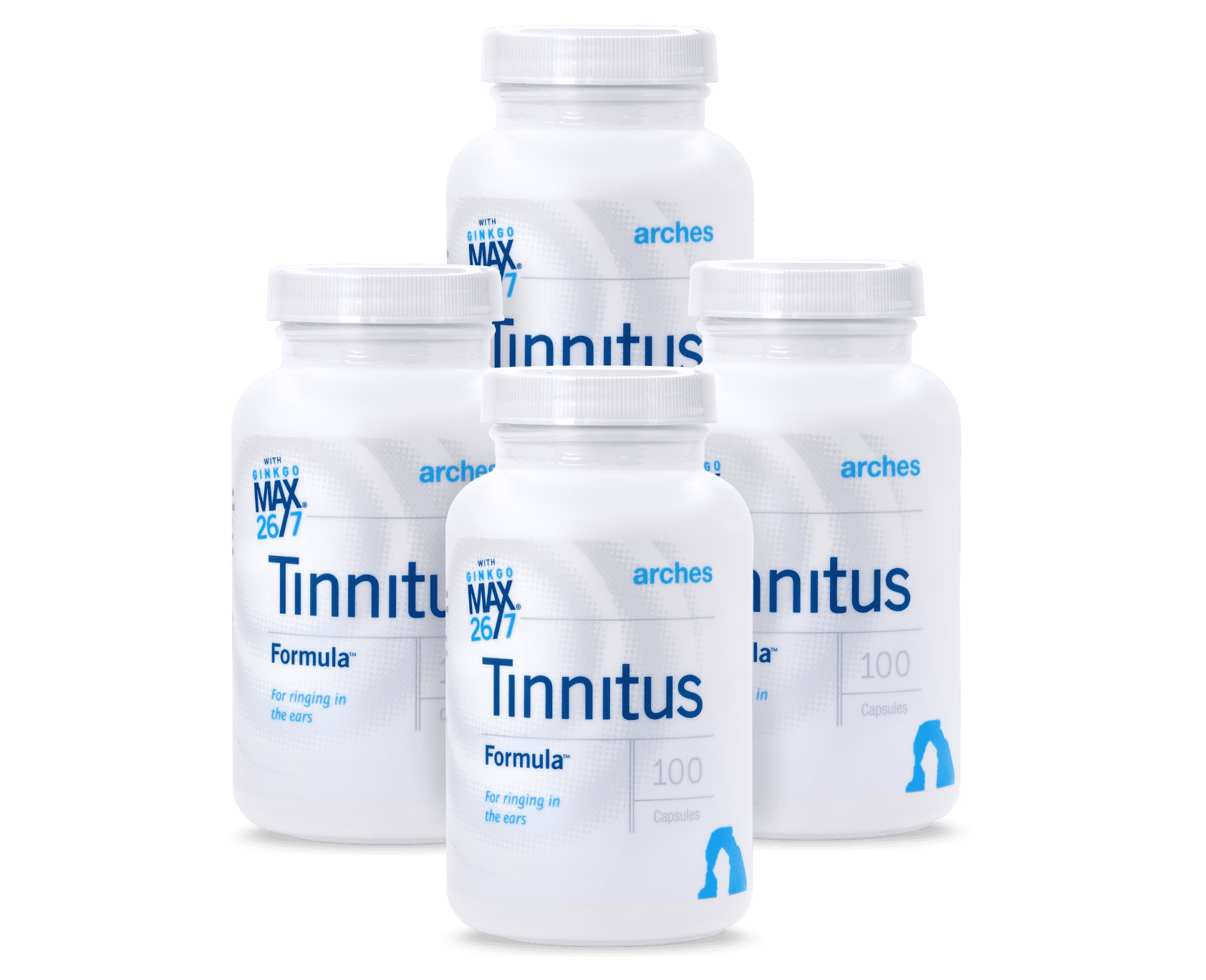By Barry Keate
Barry Keate, has lived with tinnitus over 40 years and has published 150+ research articles on numerous aspects of tinnitus. He is an expert on the condition and a well-known advocate for those with tinnitus.
There is significant new research from the Health Science Center at Brooklyn and the Martha Entenmann Tinnitus Research Center, Brooklyn, NY that suggests there is a common pathway through the brain for all tinnitus regardless of the cause of the disorder. Drs. Abraham Shulman, Arnold Strashun and Barbara Goldstein published the results of their work in The International Tinnitus Journal, Volume 8, Number 1, 2002. under the title GABA-Benzodiazepine-Chloride Receptor-Targeted Therapy for Tinnitus Control.
Dr. Shulman et al have been working for several years on the concept that there is a central pathway through the brain through which all tinnitus symptoms must travel. This pathway is a chemical receptor called the gamma-aminobutyric acid-benzodiazepine-chloride receptor (GABA/BZ/Cl) in the medial temporal lobe system. This paper supports the concept of a final common pathway for all clinical types of tinnitus.
 Using an advanced type of brain scan, the single-photon emission computed tomography (SPECT), they have demonstrated irregularities and reduced chemical binding in this GABA receptor in people with severe tinnitus. They hypothesize that this deficiency in the GABA receptor is directly related to the worsening of tinnitus, which is marked by increased emotional difficulty, anxiety, stress, depression and fear.
Using an advanced type of brain scan, the single-photon emission computed tomography (SPECT), they have demonstrated irregularities and reduced chemical binding in this GABA receptor in people with severe tinnitus. They hypothesize that this deficiency in the GABA receptor is directly related to the worsening of tinnitus, which is marked by increased emotional difficulty, anxiety, stress, depression and fear.
The function of the GABA receptor is to inhibit central nervous system synapse activity. Impairment of GABA function has been considered to lead to convulsions, which provides clinical support for the concept that tinnitus is an epileptic-like auditory phenomenon. Accordingly, they began treating patients with anti-seizure and anti-anxiety medications. They conducted a clinical trial of patients with severe, central tinnitus who were treated with the anti-seizure medication gabapentin (trade name Neurontin) and the anti-anxiety medication clonazepam (trade name Klonopin).
The trial began with 30 patients. They monitored both tinnitus intensity and tinnitus annoyance. The Neurontin was used to lower the tinnitus intensity and the Klonopin was used to lower the annoyance. They began with a very low dosage and increased until the desired effect was achieved. The dosage of Neurontin begun at 100 mg and increased until the desired effect was attained. A range was established of 100-2,700 mg per day in three divided doses. The dosage of Klonopin began at 0.25 mg at bedtime and was not to exceed 1 mg per day. Therapy was continued for at least 4-6 weeks with a continuing maintenance dose determined by each patient’s response.
Potential side effects included drowsiness or nausea, visual disturbance, vertigo, headache, and interference in cognition and memory. Of the initial 30 patients, 30% (9) did not complete the trial due to complaints of side effects from the medication. However, of the remaining 21 patients who completed the study, 90% (19 of 21) reported their tinnitus was improved. Tinnitus was reported as unchanged in 10% (2 of 21) and no increase in tinnitus intensity or annoyance was reported by any patient.
Of the 19 patients who reported improvement, 84.3% (16 of 19) reported significant improvement. The average patient estimated subjective improvement for all 19 patients was reported to be 36.8%. The duration of tinnitus relief ranged from 4-6 weeks to 3 years or more. Tinnitus relief equal to or greater than one year was reported by 52.6% (10 of 19). Relief of 1-12 months was reported by 47.3% (9 of 19).
Subsequent brain SPECT studies were obtained in 10 of the 19 patients. All of them revealed improvement in the irregularities in the medial temporal lobe system.
There are several questions left unresolved by this study, two of which are: Is this therapy effective primarily on the intensity of the tinnitus or on the annoyance factor or both? Does the improved perfusion in the medial temporal lobe system reflect improvement in anxiety or depression associated with severe tinnitus?
Whatever the answer, this study supports the concept of a final common pathway for all clinical types of tinnitus, one clinical manifestation of which may be a deficiency of benzodiazepine. It also shows that the GABA/BZ/Cl receptor is a biochemical marker for tinnitus and that treatment of this receptor has resulted in significant, long-term maintenance relief in some patients suffering from severe tinnitus.
An abstract of this study can be viewed at the Information Center of our website. More abstracts and articles published by the International Tinnitus Journal can be viewed at www.tinnitusjournal.com.
There is increasing research from around the world into the area of tinnitus causes and therapies. We at Arches Tinnitus Formulas will bring you news of any significant advances as they are published.
Get Free Shipping!
Order now and get free shipping on either the Tinnitus Starter Kit or Combo Pack. Try the doctor recommended products with clinically proven ingredients for tinnitus. No coupon code required.

